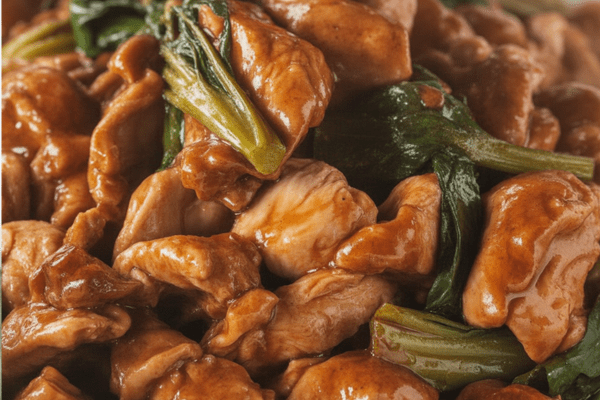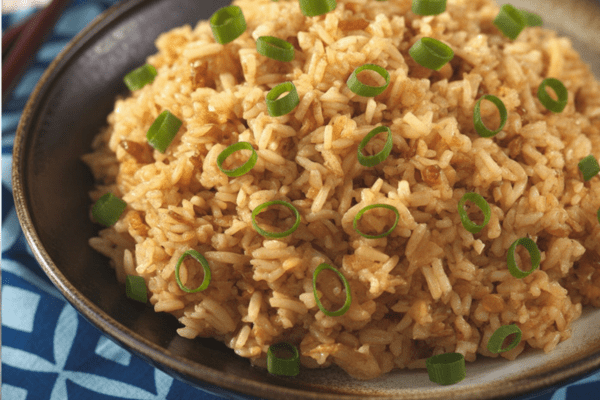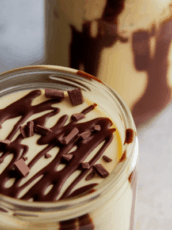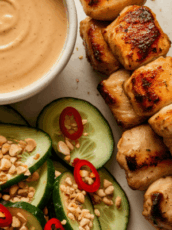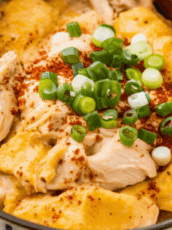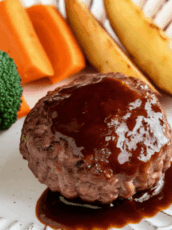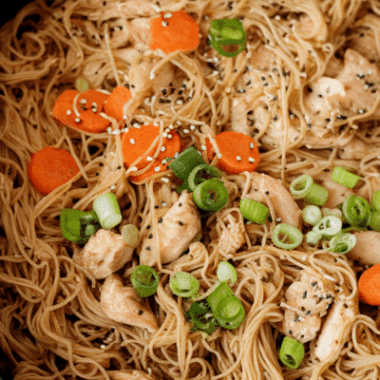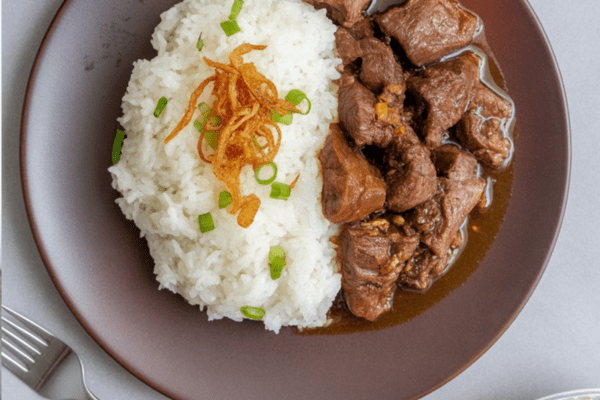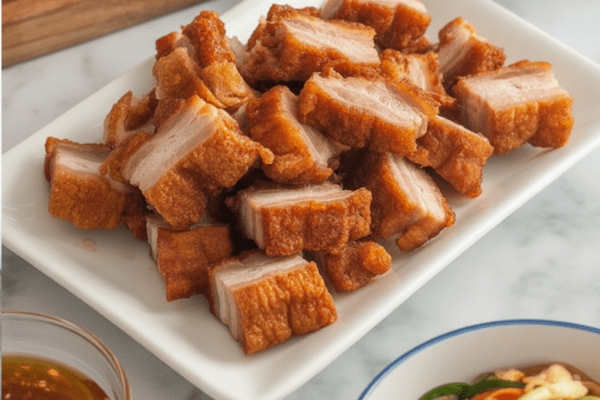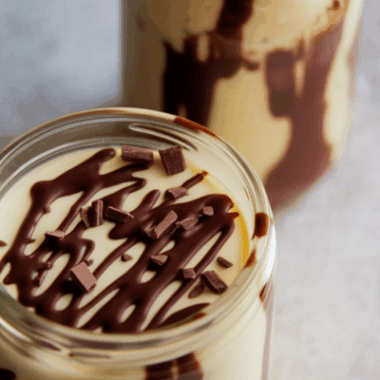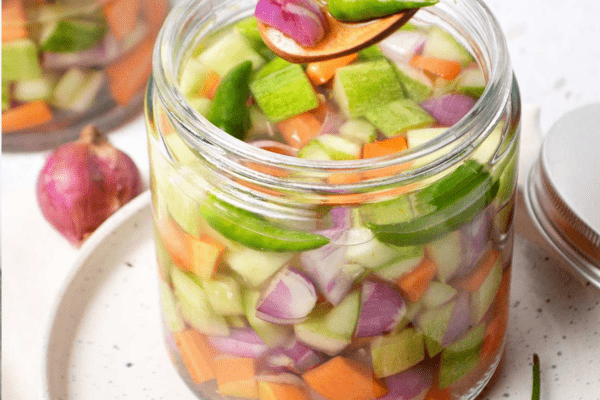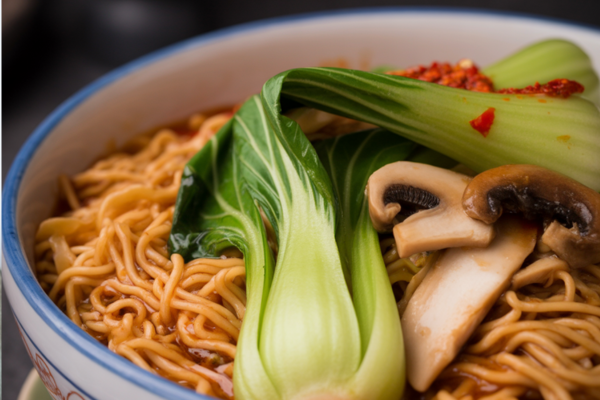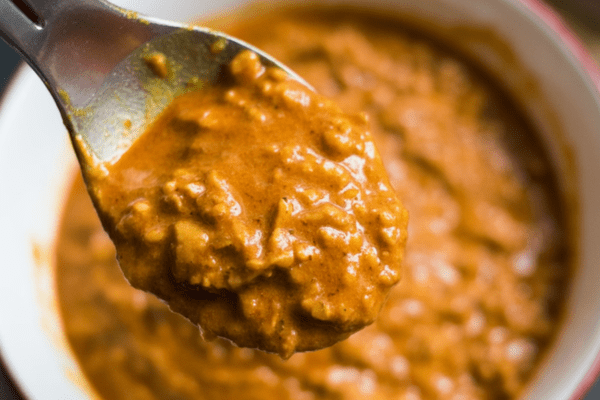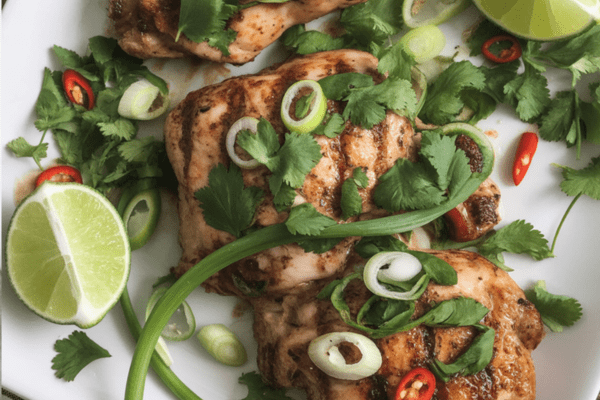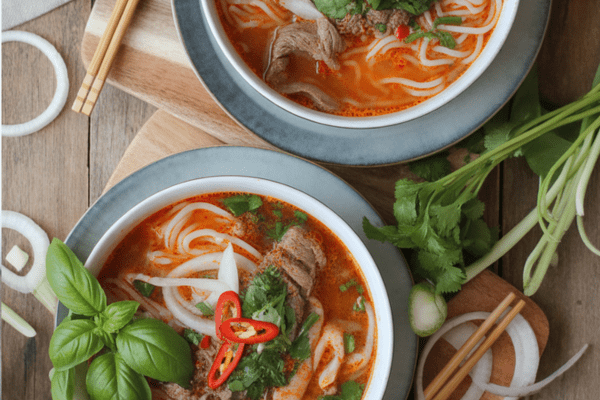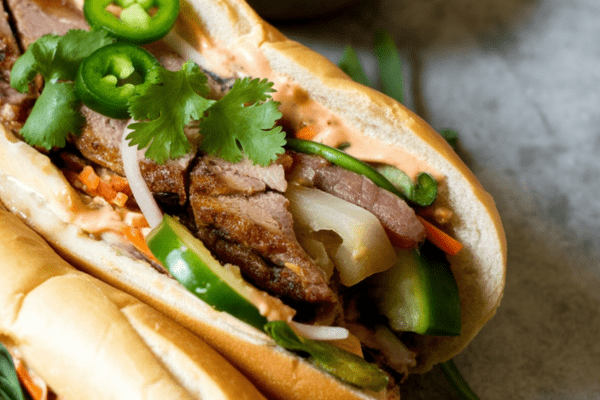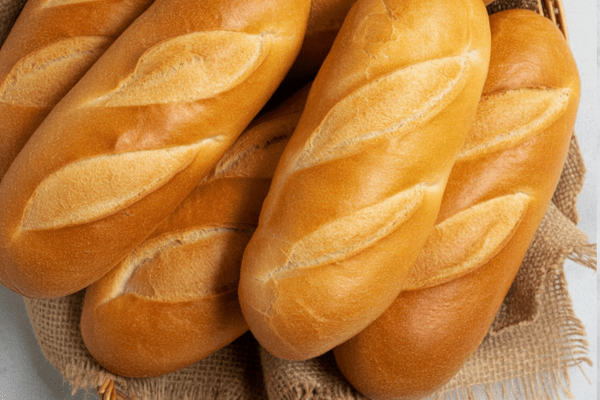This flaky, buttery flatbread is one of those recipes that instantly takes me back to slow Sunday mornings and big family breakfasts. Roti Canai, the Malaysian cousin of Indian paratha, is all about those paper-thin layers that puff and crisp up in the pan, with a soft, rich interior.
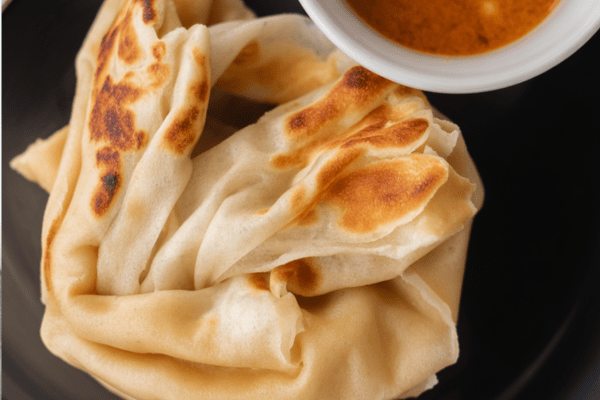
It’s fantastic with curry, dal, or even sprinkled with a little sugar for an after-dinner treat. If you’ve never tried making it at home, you’re in for something fun—and delicious.
Why I Love Making Roti Canai at Home
I remember the first time I tried making roti canai in my own kitchen. It was a rainy afternoon, and I was feeling homesick for the food I’d had while traveling through Malaysia. I had no idea if I’d get it right, but that first batch turned out surprisingly close to the street vendor version—crispy outside, buttery inside, and perfect for scooping up curry.
What I love most is how making it feels like an event. The dough needs time to rest, but then you get to do that satisfying stretch and fold that creates all those layers. It’s a great recipe for when you want to slow down, turn on some music, and get your hands messy.
These days, I make extra dough and freeze it so I can fry up a piece anytime I get a craving.
What Exactly Is Roti Canai?
If you’ve never had it before, think of roti canai as the Malaysian take on Indian paratha. It’s got the same roots—South Indian flatbread—but in Malaysia it evolved with extra richness.
Vendors there use eggs, milk, and sugar in the dough, giving it a softer, richer bite. It’s usually cooked on a flat griddle with ghee until the outside is golden and crisp. The best part? The flaky layers you pull apart with your hands to mop up gravy or sauce.
When I make it at home, I love serving it with a spicy chicken curry or just with a little dish of sugar for dipping—my guilty pleasure.
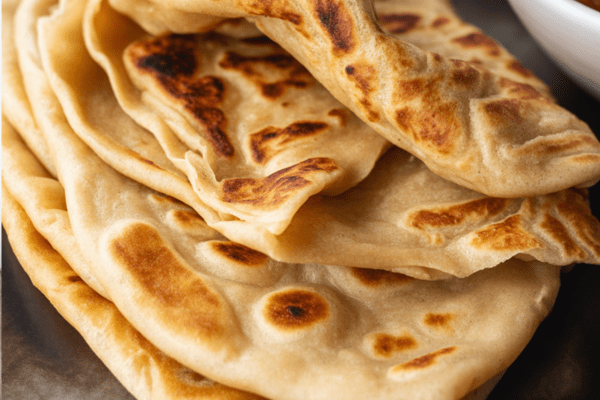
Roti Canai vs. Paratha: What’s the Difference?
I get this question a lot. They’re related but have subtle differences.
Paratha dough is pretty simple: flour, salt, water, ghee. It’s chewier and a bit denser.
Roti canai is a bit more luxurious. The Malaysian version includes eggs, milk, sometimes sugar, making it softer and richer. It’s also folded more elaborately to trap air and create those layers that crisp up beautifully when fried.
If you’ve ever sat at a Mamak stall in Malaysia watching someone spin and fold roti on a metal counter, you know it’s a little performance in itself. I’m nowhere near that level of showmanship, but the home version gets pretty close.
Ingredients You’ll Need
This is one of those recipes where each ingredient plays its part.
- All-purpose flour: Good old reliable. It gives just the right balance of strength and softness. Don’t use anything too strong like bread flour unless you want a chewier result.
- Ghee: This is the secret to that rich, buttery flavor and those crispy layers. I always keep a jar of homemade ghee on hand.
- Whole milk: Adds moisture and richness. I’ve tried it with lower-fat milk when that’s all I had—it still works, just a little less rich.
- Egg: Helps bind the dough and adds a lovely golden color.
I like to weigh my ingredients if I have time—it makes for a more consistent dough—but honestly, I’ve done it by eye plenty of times too.
Choosing the Right Flour
I stick to all-purpose flour most days because it’s what I always have in the pantry. It’s got just enough gluten to stretch without tearing, but not so much that the bread turns out tough.
If I want a chewier texture, sometimes I’ll swap in bread flour, but it does soak up more liquid so you’ll want to add a little extra water or milk.
My Way of Making Roti Canai
This part is where it gets fun. Don’t stress about it being perfect—mine rarely are, but they always taste amazing.
Making the Dough
I mix flour, salt, sugar, and some of the ghee in a bowl. Then in go the egg and milk. I let my stand mixer knead it for me most days (about 8 minutes on low) until it’s smooth and elastic.
If you don’t have a mixer, it’s easy enough to do by hand. Just be ready for a little workout.
I divide the dough into eight pieces, coat them with ghee, and let them rest. Don’t skip the resting—it’s what makes the dough easy to stretch later. I usually make it the night before and keep it in the fridge.
Resting the Dough
If it’s been in the fridge, I give it time to come to room temperature before stretching. Cold dough fights you. Warm dough is cooperative.
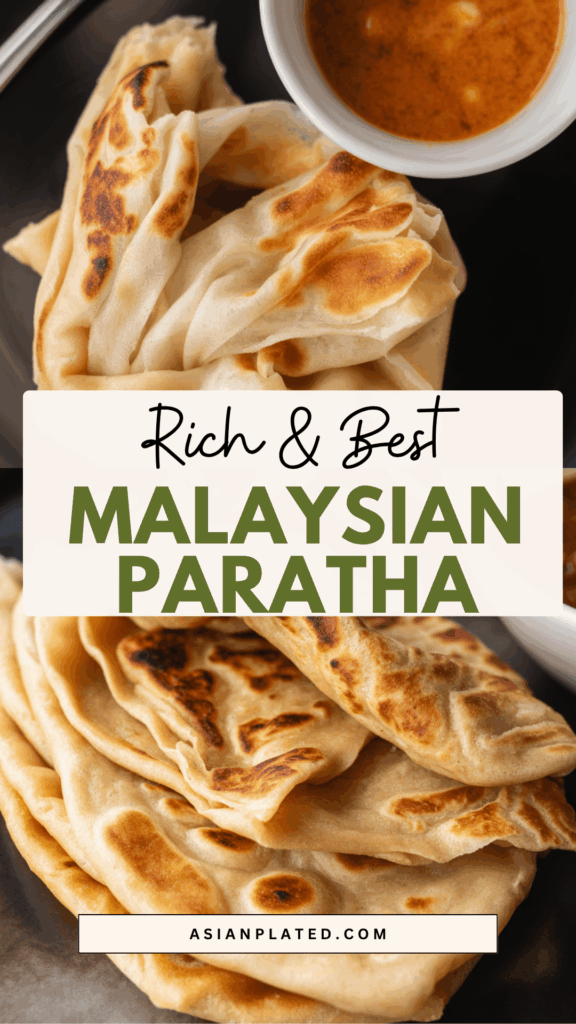
Stretching and Folding
This is the part people get nervous about, but it’s actually fun once you get the hang of it.
I oil my work surface and hands well with ghee. Then I press and gently stretch the dough into a big, thin sheet. You want it as thin as you can get it without tearing. Mine rarely get as thin as the pros’, but it still works.
When it’s thin enough, I fold it like a letter or square. Those folds trap air, which becomes all those glorious flaky layers when cooked.
Cooking the Roti
I use a big nonstick pan or my trusty cast-iron skillet. Heat on medium-low so it doesn’t burn.
I flatten the folded dough gently to about 7 or 8 inches wide. Then I cook it in ghee until it’s golden brown on both sides—about 3 or 4 minutes per side.
When it’s done, I like to do the classic “clap” method, slapping it gently between my hands to separate the layers. Just don’t burn your fingers.
My Best Tips for Perfect Roti Canai
- Keep the ghee at room temperature so it spreads easily.
- Don’t rush the resting time. Six hours minimum is best. Overnight is even better.
- If stretching by hand is hard, use a rolling pin between stretches to help.
- Make sure your pan is hot enough—if it’s too cool, the dough absorbs oil and goes greasy. I like to see a hint of smoke before adding the bread.
- Freeze extra dough balls coated in ghee for easy future meals.
Common Questions I Get
Is it healthy?
Let’s be honest—it’s rich and buttery. But I think of it like a treat. Serve it with a veggie curry and some protein for balance.
Can I use butter or oil instead of ghee?
Sure. Butter works, though it can burn more easily. Vegetable oil is fine, but you’ll lose that signature ghee flavor.
Can I use 2% milk?
Yep. Whole milk makes it richer, but 2% works fine.
Why is my roti rubbery?
Usually under-kneading or not enough resting. Let the gluten relax so it can stretch and puff.
What do you serve it with?
My favorite is a rich chicken curry or lentil dal. But I’ve also been known to just sprinkle sugar on a hot piece and eat it standing at the stove.
If you’ve never tried making roti canai before, I hope you’ll give it a shot. It’s one of those recipes that rewards a little time and love with something truly comforting.
Malaysian Paratha

Golden on the outside, soft and flaky within — roti canai is a true comfort food. Whether served with a steaming bowl of curry or simply dusted with sugar, these buttery, pan-fried flatbreads are a delicious taste of Southeast Asian street food that you can recreate in your own kitchen.
Ingredients
- ¾ cup ghee, softened (plus extra for shaping and cooking)
- 3 ½ cups all-purpose flour (about 580g)
- 1 large egg, lightly beaten
- ¾ cup whole milk
- ½ cup water
- 1 ½ tsp kosher salt
- 1 tsp granulated sugar
Instructions
- Make the Dough: Start by adding the flour, salt, and sugar to the bowl of a stand mixer. Toss in about ¼ cup of the ghee, and let the dough hook do the work on low speed until everything starts to come together into small clumps.
- Next, pour in the egg, followed by milk and water. Keep mixing until a smooth, elastic dough forms — around 8 to 10 minutes. You’re looking for a soft, slightly tacky texture.
- Once the dough is ready, divide it into 8 equal portions and roll each into a ball. Generously coat each ball with ghee, then place them on a plate, cover with a damp cloth, and let them rest at room temperature for at least 6 hours. (You can also refrigerate them overnight.)
- Prepare to Stretch: If your dough has been chilled, allow it to come fully to room temperature before working with it — warm dough stretches more easily. Coat your hands and a clean work surface with ghee.
- Place a dough ball in the center and press it into a flat disc, about 6 inches across. Now comes the fun part: use your fingers to gently pull and stretch the dough from the center outward, making it as thin as possible without tearing — think paper thin, about 2 feet wide when fully stretched. Focus on thick spots and work gently to get an even sheet.
- Fold for Flakiness: With your thin sheet ready, fold one edge toward the center, then fold over again to create layers. Repeat on all sides until you’ve got a small square — you’re basically wrapping it up like a package. Try to trap some air between the folds to create those signature flaky layers.
- Fry to Perfection: Heat a griddle or large skillet over low heat and drizzle with ghee. Flatten a folded square gently with your hands until it’s about 7 to 8 inches wide. Cook on the hot pan for about 3–4 minutes per side, until deep golden and crispy, flipping once and rotating to brown evenly.
- Once cooked, use a clapping motion with your hands to fluff and separate the layers while it’s still hot — just be careful not to burn yourself!
- Repeat with the remaining dough balls. Serve warm with curry or a sprinkle of sugar — or both!
Notes
- For chewier texture, try using bread flour instead of all-purpose.
- Room temperature ghee blends better and is easier to work with.
- Don’t rush the stretch — thinner dough means flakier layers.
- Pan too cold? If you don’t hear a sizzle, wait a bit. A hot pan ensures the roti turns crisp, not greasy.
- Can’t stretch by hand? A rolling pin can help flatten tough spots during the process.
Nutrition Information:
Yield: 8 Serving Size: 1Amount Per Serving: Calories: 392Total Fat: 21gSaturated Fat: 13gTrans Fat: 0gUnsaturated Fat: 7gCholesterol: 75mgSodium: 257mgCarbohydrates: 43gFiber: 1gSugar: 2gProtein: 7g
Asianplated.com, occasionally offers nutritional information for recipes contained on this site. This information is provided as a courtesy and is an estimate only. This information comes from online calculators. Although allchickenrecipes.com attempts to provide accurate nutritional information, these figures are only estimates.
Try other Malaysian recipes:

